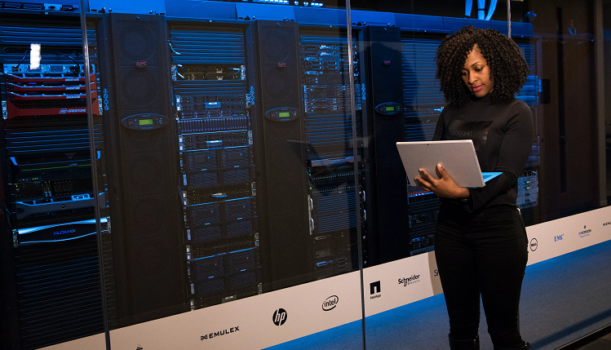Introduction:
The rapid evolution of telecommunications networks demands continuous innovation and experimentation to ensure their seamless functioning and optimization. As technology progresses, the need for robust test beds becomes increasingly essential to simulate real-world scenarios, assess performance, and pave the way for future developments. This article explores the development of a cutting-edge test bed for telecommunications networks experimentation, shedding light on its significance, challenges encountered, and the potential impact on the industry.
The Significance of Test Beds:
Telecommunications networks are the backbone of modern communication systems, enabling the exchange of information across the globe. To enhance their efficiency, reliability, and security, researchers and engineers rely on test beds—controlled environments that mimic real-world network conditions. These test beds serve as invaluable tools for validating new protocols, evaluating performance under various scenarios, and identifying potential vulnerabilities before implementation in live networks.
Historical Perspective:
The journey of telecommunications test beds began with simple, isolated setups in laboratories. Over time, as networks became more complex and interconnected, the need for comprehensive test beds became evident. Early test beds focused on specific network elements, such as routers or switches, while contemporary iterations encompass entire network architectures, including hardware, software, and protocols.
Key Features of Modern Test Beds:
1. Scalability:
Modern telecommunications networks span a wide range of scales, from small local networks to global infrastructures. A robust test bed must be scalable to accommodate this diversity, allowing researchers to simulate various network sizes and complexities.
2. Realistic Simulation:
Simulating real-world conditions is crucial for accurate experimentation. The test bed should replicate the challenges of live networks, including latency, packet loss, and dynamic traffic patterns, providing a realistic environment for testing and validating new technologies.
3. Interoperability:
With the coexistence of diverse technologies and protocols in modern networks, a test bed must support interoperability testing. This involves evaluating how different components and protocols interact and ensuring seamless communication between them.
Challenges in Test Bed Development:
Despite the advancements, developing a state-of-the-art test bed for telecommunications networks comes with its own set of challenges. These challenges include the complexity of network architectures, the dynamic nature of telecommunications technologies, and the need for constant updates to accommodate emerging standards.
State of the Art:
Orange Romania (ORO) operates a complex, highly flexible telco testbed, tiered to 2 geographical locations in Romania, hosted in two data centres. ORO’s experimentation facilities allow seamless deployment, running and monitoring of applications and complex systems in 5G and beyond-5G networks setups, while integrating State of the Art commercial, and open-source technologies. 5GASP is one project piloted in ORO’s testbed, with Neobility’s Network Application running in a simulated 5G Urban Mobility environment.
Future Directions:
The future of telecommunications networks is poised for exciting advancements, and test beds will play a pivotal role in shaping these developments. As 5G networks mature and beyond, test beds will need to evolve to support the integration of emerging technologies, such as edge computing, artificial intelligence, and the Internet of Things (IoT). Researchers are also exploring the potential of virtualized test beds, leveraging technologies like software-defined networking (SDN) and network function virtualization (NFV) to create more flexible and scalable experimentation environments.
Conclusion:
In conclusion, the development of a test bed for telecommunications networks experimentation is an ongoing journey that mirrors the rapid evolution of communication technologies. These test beds are indispensable for ensuring the reliability, efficiency, and security of modern networks. As the industry continues to advance, so too will the capabilities of these test beds, enabling researchers and engineers to stay ahead of the curve in developing the next generation of telecommunications networks.


